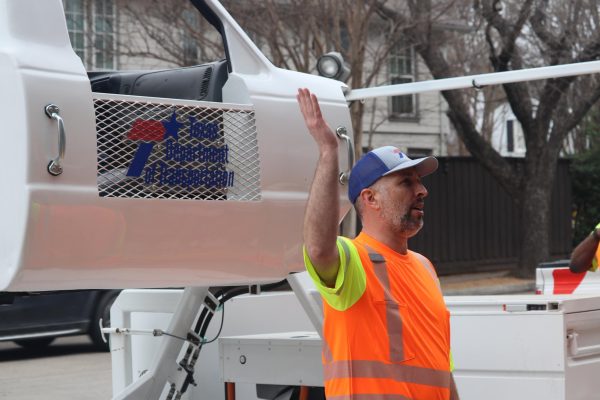Asteroid flies close to Earth
On April 16, almost as soon as it was spotted, an asteroid flew close to the Earth. This asteroid, called 2018 GE3, was only 119,500 miles away from the earth at its closest point. This is about half the distance between Earth and the moon, according to NASA’s Center for Near Earth Object Studies (CNEOS). The estimated diameter of the space rock ranged from 131 to 328 feet, CNEOS reported. This would make GE3 about the size of a football field.
Compared to other asteroids, the ones near Jupiter and Mars, GE3 is rather small. But, because it flew so close to the earth, it is a much larger threat than the other asteroids. Scientists are calling this a “surprise” flyby.
“According to Wikipedia, 2018 GE3 is the largest known asteroid to pass that close to Earth in observational history,” astronomer Michael Jäger of Weißenkirchen Austria said. “It was shining like a 13th magnitude star at the time of my observations.”
2018 GE3 is in the same class with an asteroid that leveled a Siberian forest in 2008. In addition, the Chelyabinsk meteor exploded over the atmosphere in 2013, shattering windows and causing 1,100 injuries.
2018 GE3 follows an elliptical orbit, and every two and a half years it will cross Mercury, Earth, Venus and Mars. GE3 does not always get close to the planets, its approach being often from afar.
As said by EarthSky, a large portion of the asteroid would have been disintegrated by friction with the air upon entering our atmosphere. However, some of it would have been able to make it to the surface, posing a threat of regional damage. This could be dangerous to many citizens going about their day.
The space rock that exploded over Chelyabinsk, Russia in February 2013 is smaller than Asteroid 2018 GE3. The meteor was roughly 56 feet in diameter and weighed roughly 11,000 tons. Scientists only found GE3 hours before it reached its closest point to the earth.
“Asteroids of this size do not often approach this close to our planet — maybe only once or twice a year,” said manager of the Center for Near-Earth Object Studies at NASA’s Jet Propulsion Laboratory in California Paul Chodas.
NASA is currently trying to track at least 90 percent of asteroids are over 460 feet wide that will come within 4.65 million miles of the earth.












